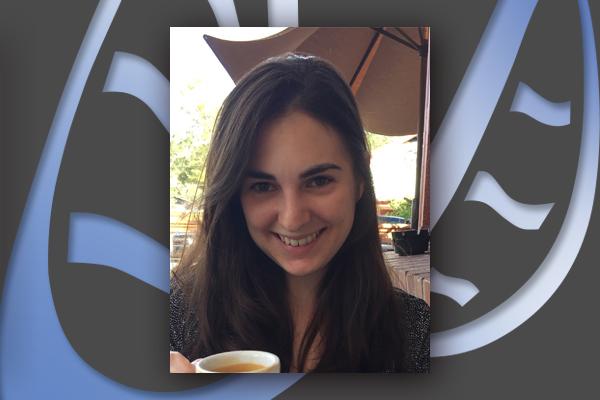
Celeste Vallejo
Postdoctoral Fellow, MBI
Sampling a continuous time two-state stochastic process at discrete times and calculating transition probability matrices for each pair of consecutive observation times yields a time series of two-wave panel data; i.e. interval censoring. Estimating transition rates for the underlying continuous time process requires that we identify a time series of continuous time models whose transition probabilities at the observation times match those in the observed transition matrices. Empirical and theoretical literature over the past 43 years assesses whether or not the observed transition matrices are embeddable in the class of continuous time Markov chains, and if so, transition rates are calculated within that class of models. We show that non-Markov embeddable matrices are embeddable in the class of two-component mixtures of continuous time chains, but that apriori constraints are required to estimate transition rates in the resulting under-identified system. Depending on the imposed constraints, the rates in the mixture model may either be identified, or partially identified with resulting restricted ranges of non-uniqueness of transition rates. We apply this methodology to estimate incidence and recovery rates from malaria infection in the Garki district of northern Nigeria in the 1970s. We are able to assess the impact of combinations of indoor residual spraying and distinct drug administration regimens where such evaluations had previously been regarded as not doable as a consequence of non-Markov embeddability of observed transition matrices.
